UPDATED December 2025
So, you’re ready to start looking into your heritage? Genealogy research can be complex and complicated if you’re not sure where to start, but the great thing about it is that there are many resources that are focused on specific countries that your family may be from. For this list, we’ve put together resources and information about 46 different countries, so you can easily get started.
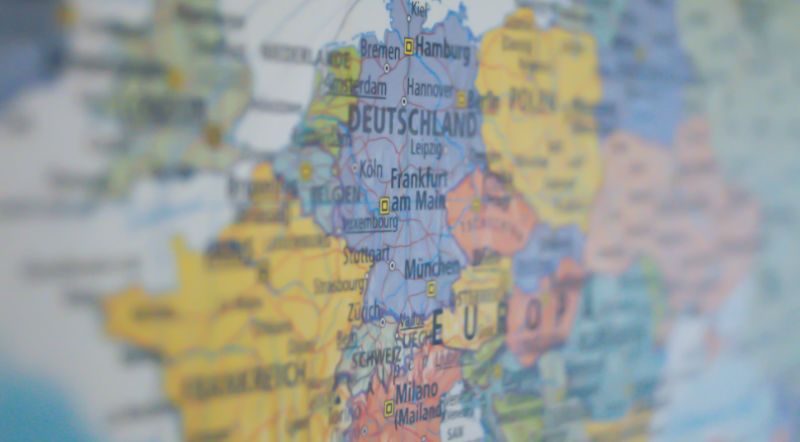
Albania
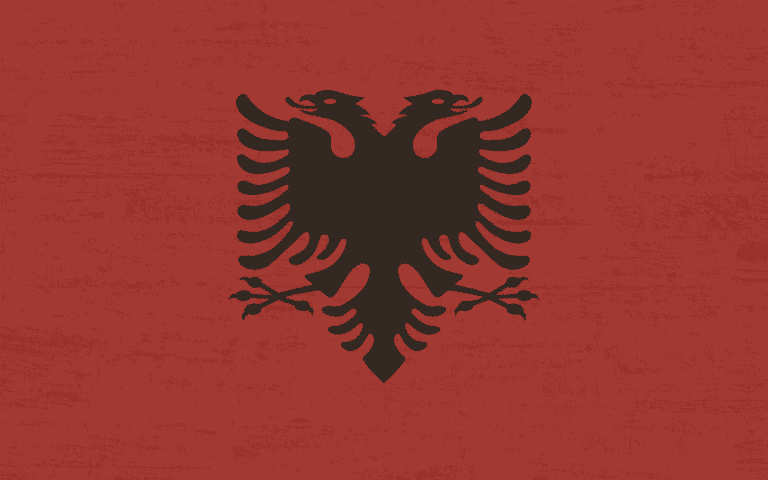
The nation of Albania has a long and storied history when it comes to migration from the country. The first recorded wave of immigration from Albania dates back to the 15th century. After this a few waves of immigration, specifically to the United States, have occurred primarily during the two World Wars and in the 1990s when the Soviet Union was dissolved.
While most who fled from Albania moved to Italy or its surrounding areas, a number of Albanian descendents can be found all over the globe, including countries such as Greece, Bulgaria, the United Kingdom, and New Zealand.
Research Sources:
Albanian Last Names Database
Ancestry.com: Albania family history research page.
IOM UN Migration: Albania: The IOM UN Migration official page on Albanian migration and immigration.
Wikipedia: The page for Albanian Diaspora
Family search: Albanian naming traditions
Britannica: Encyclopedia on Albania
Andorra

Being a small and landlocked country in western Europe, the people of The Principality of Andorra have migrated out of the country for several reasons. Such reasons include the Revolution of 1933, the FHASA labor union strikes, and the World Wars that ravaged much of Europe.
When conducting genealogy research regarding Andora, it’s important to keep in mind that information on and about the country can be pretty sparse, and it may be more beneficial to look at sources from surrounding nations like Portugal, France, and Spain.
Research Sources:
Andorran last names database
La Societat Catalana de Genealogia: The official page of the Genealogical Society of Catalan.
Old Maps Online: Andorra: Use this website to look at historical maps of Andorra and surrounding countries.
World Factbook: Basic information on modern day Andora.
Britannica: Encyclopedia on Andorra.
Austria
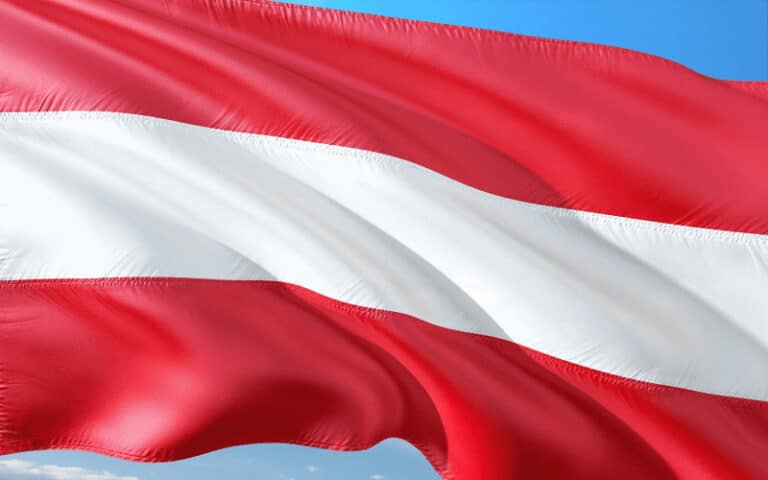
The mountainous Republic of Austria has a very complicated and storied history regarding its citizens, especially when compared to the rest of Europe. Citizens of the nation have fled for many reasons, including Catholics to escape persecution from Protestants and Jewish citizens during the Holocaust and World War II.
It should be noted that there was technically no country called simply Austria until the dissolution of Austria-Hungary in 1918 at the end of World War I. This will make genealogy research more difficult and you may have to resort to using non-austrian sources.
Research Sources:
Austrian last names database
Ancestry.com, Austria: An Austrian family history research page.
FamilySearch.org: Records and details about Austria emigration and immigration since the 1600s.
Austrian Consulate General: Family and Genealogical Research: An online research source for those with Austrian heritage.
Britannica: Encyclopedia entry on the Republic of Austria.
Wikipedia: Information specifically on Austrian Americans.
Belarus
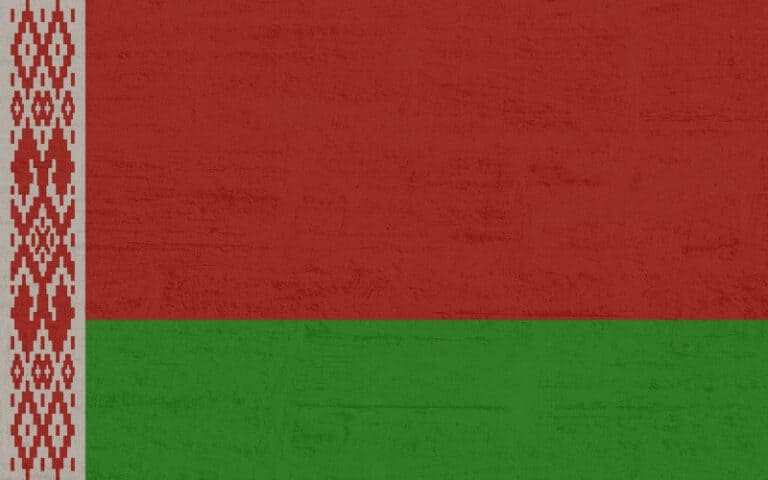
The Republic of Belarus has a complicated history in regards to migration from the country. Constant political and socio-economic issues, along with the wars in Europe that occurred in the early half of the 20th century, led many to flee the nation in hopes of finding a better and more peaceful life.
Significant Belarusian populations exist in Argentina, Canada, Great Britain, and France, but the largest groups are in Germany and the United States. Recent issues with the Belarusian government have resulted in another wave of migration, especially after the 2020 presidential election.
Research Sources:
Belarusian last name database
The Archives of Belarus: The official archives of the country of Belarus.
Belarus Online Genealogy Records: A listing of records and resources linked to Belarus
Belarus Genealogy: A collection of Belarus-specific genealogy websites and record sources.
Family Search: Records and details on immigration to and from Belarus
Belgium

Like much of Europe, the citizens of The Kingdom of Belgium were hit particularly hard and faced a variety of issues that forced many to flee to other nations. While Belgium stayed neutral in World Wars I and II, that didn’t stop Germany from occupying the nation and, in the case of World War II, resulted in a mass exodus from the country.
It should be noted that, when conducting genealogy research related to Belgium, that the nation actually has two languages spoken by the majority of the citizens, those being French and Flemish. This can make research more difficult since you may have to do extra translating.
Research Sources:
Belgian last name database
The State Archives of Belgium: Belgium’s official state archive.
Belgium Genealogy: A listing of research tools and websites aimed at Belgian heritage.
Britannica: Encyclopedia entry on Belgium.
Wikipedia: More information on where Belgian immigrants moved to.
Bosnia and Herzegovina

The Republic of Bosnia and Herzegovina is another European nation with a long and complicated history regarding migration and immigration. The land has been frequently invaded and occupied by foreign nations, such as the Ottoman Empire and Austria-Hungary. Additionally, ethnic cleansing campaigns and the Bosnian War from 1992 to 1995 caused many more citizens to flee to other nations, particularly Germany, Turkey, Austria, Hungary, Canada, Sweden, Australia, and the United States.
Research Sources:
Bosnian last name database
Family Search Bosnia and Herzegovina Emigration and Immigration: This source has links to passenger lists, arrivals in New York, and additional content.
Facebook’s Eastern Europe Genealogy Research Community: A group where individuals can share genealogy resources for those looking for information on Bosnia and Herzegovina, as well as other European countries.
Britannica: Encyclopedia entry on Bosnia and Herzegovina
BBC: World profile on Bosnia and Herzegovina
Bulgaria
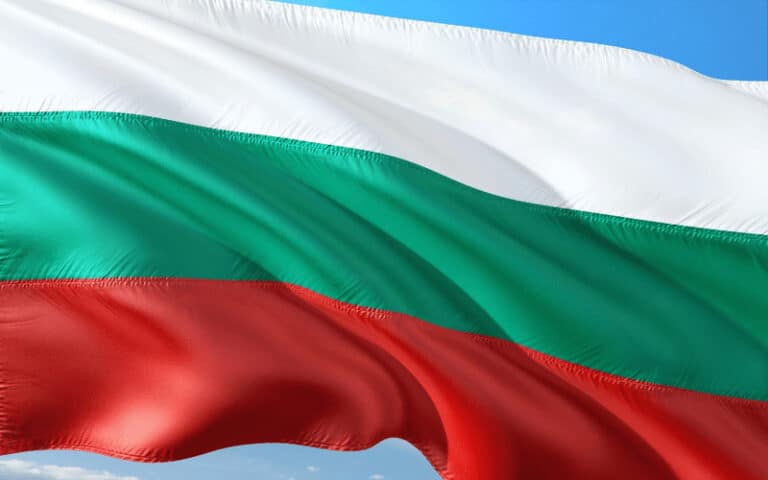
The Republic of Bulgaria resides in a geographically important area in Europe, being on the major trading route connecting the continent to the Middle East. Thus, the land has been very sought after and valued by other powers, Specifically Greece, the Ottoman Empire, and Nazi Germany during World War II. Major events, such as the Russo-Turkish war of 1877 and the two World Wars of Europe became major factors in citizens migrating from Bulgaria and to safer countries, including Romania, Greece, France, Germany, and in the case of the World Wars, to the United Kingdom, the United States, and Canada.
Research Sources:
Bulgarian last name database
Family Search Bulgaria Emigration and Immigration: Links to online sources as well as details on the groups emigrating from Bulgaria.
State Library of South Australia: The SLSA hosts these European resources for historians looking for Bulgarian ancestors.
Legacy Tree and The Bulgarian State Archives: This service helps people get information from the official state archives of Bulgaria.
Britannica: Encyclopedia page on Bulgaria
Bulgaria EU profile
Croatia

In addition to economic factors that affected the populations of all European countries, such as famines, blights, and the two World Wars, the Republic of Croatia has been hit particularly hard by citizens choosing to flee the country in the hopes of settling elsewhere. The ethnic cleansing from 1991 to 1995 in particular caused many to move, creating large communities in Canada, Australia, and the United States.
Research Sources:
Croatian last name database
Croatian Diaspora: Emigration History, Locations, Homeland: A website focused on Croatian history, diaspora, and genealogy.
Family Search – Croatia Emigration and Immigration: Online records, historical information, and emigration details.
Britannica: Encyclopedia page on Croatia
Croatia World Factbook
Cyprus

The island nation of Cyprus has been long targeted as a colony for other nations almost since ancient times. The island was under Turkish control until it became a British colony from 1878 to 1960, when the nation declared independence. Shortly after becoming an independent country, Cyprus was invaded by Turkey, which caused many of its citizens to flee, mainly to the United Kingdom but also to South Africa, Canada, Australia, and the United States.
Research Sources:
Cypriot last name database
Family Search – Cyprus Emigration and Immigration: Online records, historical details, emigration information, and more.
Republic of Cyprus: Ministry of Foreign Affairs – Turkish Military Invasion and Occupation – Information on the Turkish invasion as well as details on diaspora.
World Factbook
Czech Republic
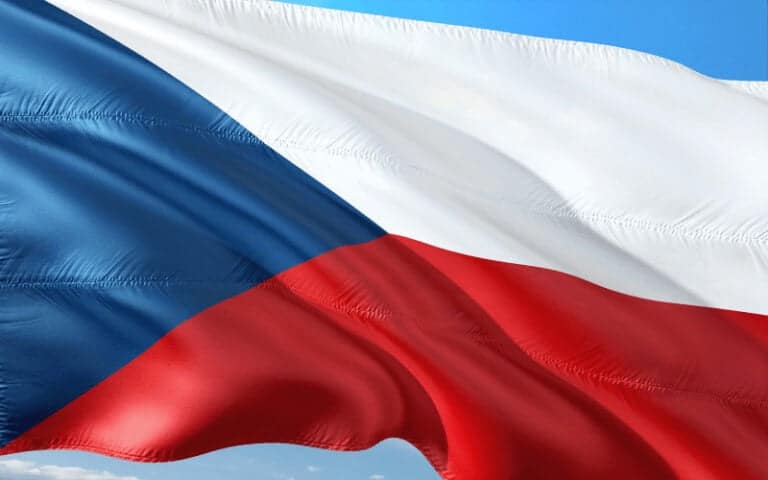
There are a few factors that have led many citizens of the Czech Republic, or Czechia, to leave their homeland and migrate to other countries. The invasion and occupation of Nazi Germany during World war II. In addition to the war, waves of immigration to the United States, Canada, and Australia occurred after the war due to the spread of communism through Eastern Europe.
Research Sources:
Czech lastst name database
My Czech Roots: A website for those with ancestors in Bohemia, Moravia, and Silesia.
Family Search: Czechia Genealogy: Official links and research tools for those with Czech ancestors.
Wikipedia: Page on Czech Diaspora
Britannica: Encyclopedia page on the Czech Republic
Denmark
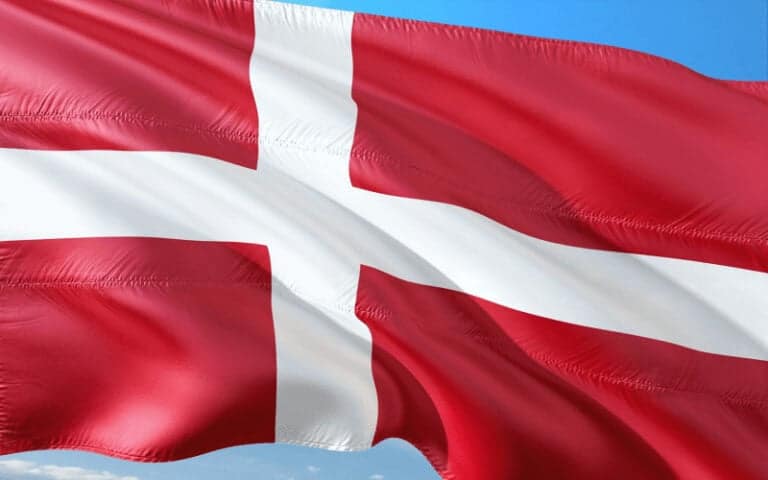
Immigration rates from Denmark have been relatively low for much of the nation’s history, especially when compared to the rest of Europe. However, the mid 19th century to the mid 20th century did see a wave of Danish migration to the United states. Many who immigrated at this time did so in order to join a new religion founded in the US, the Church of Jesus Christ of Latter Day Saints, or Mormonism. These groups often settled in midwestern states like Michigan, Wisconsin, Iowa, and Illonois.
Research Sources:
Danish ast name database
Family Search: Denmark Genealogy: Links to articles, research tools, and more for Denmark-specific genealogy searches.
The Danish National Archive: A national archive of families and historical content in Denmark.
Library of Congress: Profile on immigration from Denmark to the United States.
Free Mormon genealogy: A site set up by the Mormon church for genealogy research.
Estonia
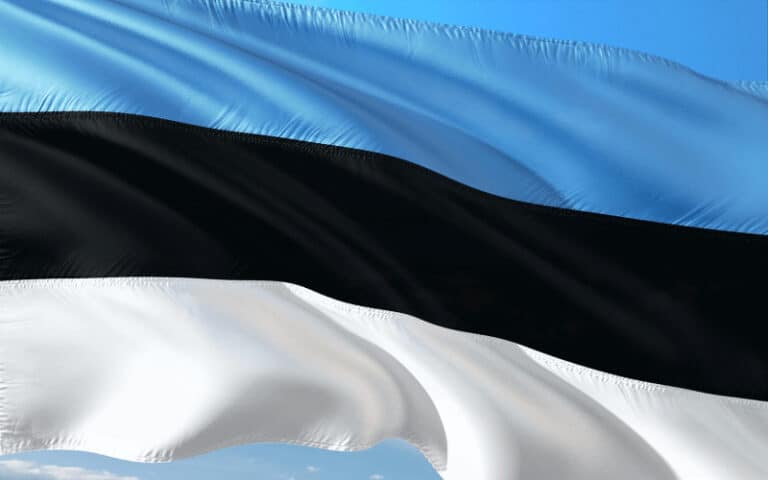
he Republic of Estonia has the highest rate of emigration in all of Europe. There are a variety of reasons for this statistic, from the damage caused by the World Wars, to the dissolution of the Soviet Union, to the ease of mobility available to citizens. Finland has the highest number of people of Estonian Descent living in its borders, but there are also significant populations in the United States, Canada, Sweden, and the United Kingdom.
Research Sources:
Estonian last name database
The National Archives of Estonia: Historical archives of Estonia.
Family Search: Estonia Genealogy: Links and research tools for those studying Estonia or their ancestors from the region.
Estonian Diaspora: Page set up by the Estonian government to help Estonian descendents learn more about their roots and family.
Wikipedia: Page on Estonian Diaspora
Finland

Finnish people have often immigrated to other nations, in particular Canada and the United States, mostly in the pursuit of economic opportunity and social mobility. 1870 to 1930 saw a massive wave of migration dubbed the Great Migration. In the 1880s alone an estimated 36,000 finns settled in North America with the promise of a brighter future and the American (or Canadian) dream.
Research Sources:
Finnish last name database
Family Search: Finland Genealogy: Country information, research tools, and language support for genealogists.
Finnish Evangelical Lutheran Parish Records: Finish National Archives: Births, marriages, and deaths from between 1527 to 1921.
Finland Abroad: Profile on Finnish immigrants in the United States and Canada.
France

Migration and immigration has been a part of French history for centuries, being among the first to set up colonies in North America. Aside from colonization, there have been many factors that have led to mass French migration. Specifically the French Revolution in the late 1700s and the World Wars in the early half of the 1900s resulted in mass migration from France to nations such as the United States and Canada, though there are also communities in Australia, Argentina, the United Kingdom, Uruguay, and Brazil.
Research Sources:
French last name database
France Ministry of Culture: National Archives: Historical data, digitized.
Family Search: France Genealogy: Family histories, genealogies, and ancestry information.
Wikipedia: Page on French diaspora
Germany

If your family immigrated from Germany, then it is likely that the events relating to World War I and World war II were the leading factor. Specifically in World War II, many were forced to flee due to the effects of the Nazi party, and others were displaced by force via the Holocaust. After the war, it was still not uncommon for Germans to leave their homelands due to the rise of Communism and the presence of the Soviet Union in much of Eastern Europe. While many left for the United States, others settled in Brazil, Argentina, and Canada.
Research Sources:
German last name database
Archion: Family genealogy research (a German website).
Matricula: Church registers from Austria, Germany, Serbia, Slovenia, and Poland.
Library of Congress: Timeline of migration to and from Germany.
US Holocaust Museum: Database of names affected by the Holocaust
Greece

Greek migration dates back to ancient times, though more recent factors of the Greek Diaspora are in regards to the nation’s struggling economy. Many who left Greece in the 20th century and still to this day have done so to escape poverty. The Greek civil war in 1944 as well as Nazi occupation the following year have also contributed greatly to Greek emigration. Most Greeks who left fled to other European nations, like the United Kingdom and Germany, though there are also significant populations in Australia and the United States.
Research Sources:
Greek last Name Database
National Archives RG 84: Greece: Records of the foreign service posts of the department of state in Greece.
The National Archives (UK): Greece in 1914.Greek Ancestry: Specific genealogy tools for those with Greek ancestry.
Britannica: Encyclopedia page on the Greek Civil War.
Family Search: Genealogy resources for Greece.
Hungary
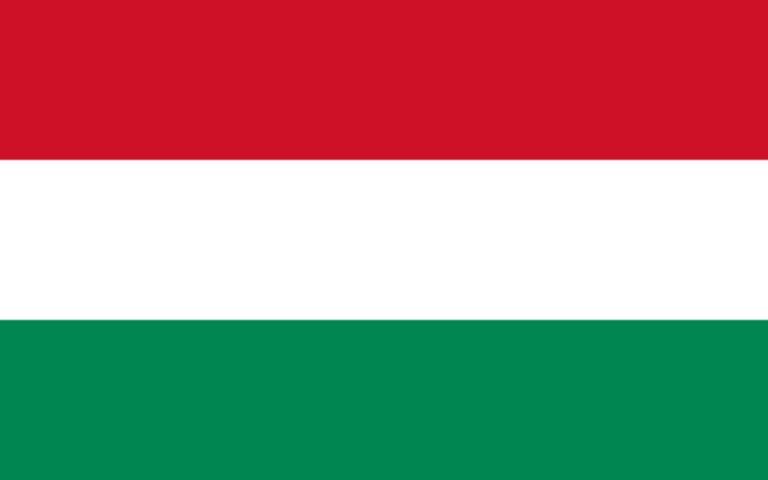
Hungary is another nation whose migration patterns were impacted heavily by the two World Wars that struck Europe during the early half of the 20th century. Those who left before the wars typically did so in search of economic opportunities, particularly in the United States and Canada. Post war, many more Hungarians were forced to leave their homeland due to the Hungarian Revolution of 1956. Many who settled in the United States did so in the Midwest region, with the biggest populations being in Cleveland Ohio and Chicago Illinois.
Research Sources:
Hungarian last Name Database
Family Search: Hungary Websites: A listing of useful genealogical websites based on Hungary.
Hungary National Library: Archives and historical information available in English and Hungarian.
Hungarian embassy: Information on Hungarian immigration.
Iceland

While Iceland is a nation full of natural beauty, several factors have caused citizens to migrate to other countries with more opportunities, particularly financial stability. The late 1800s was a significant wave of migration from Iceland to the United States and Canada, specifically in the Midwest region and Winnipeg respectively. After another wave during the World War II era, immigration from Iceland has significantly slowed down, though there are sizable populations in Manitoba, Canada and the US states of Wisconsin and Minnesota.
Research Sources:
Icelandic last Name database
National Archives of Iceland: Containing Icelandic historical documents from the 12th century forward.
U.S. National Archives: Passenger Arrival Lists: Passenger arrivals in New York City.
Wikipedia: Page on Icelandic Americans.
Ireland

If you live in the United States or Canada, then it is extremely likely that you know someone, or are yourself, descended from Irish immigrants. The US in particular has been a desired destination for those leaving Ireland due to either the great famine of the mid 1800s, or the two World Wars that struck Europe in the first half of the 1900s. In addition to the US, many Irish settled in nearby England, and some traveled all the way to Australia.
Research Sources:
Irish last name database
The National Archives of Ireland: Centuries of historical documents from Ireland, as well as a Decade of Centuries website that focuses on 1912 until 1923.
The Public Record Office of Northern Ireland: The official archive for Northern Ireland.
Family Search: Genealogy record for Irish immigrants
Italy

Italian immigrants have been part of the American story ever since the continent was discovered by Europeans. Since then, Italians have settled, not only in the US and Canada, but all over the world, including in Brazil, Argentina, Germany, and the United Kingdom. Waves of immigration from Italy have been caused by economic instability in the home country, the famine across Europe in the mid 1800s, and the two World Wars. In the US in particular, a significant number of Italian descendents can be found in New York, Pennsylvania, New Jersey, and Florida. Little Italy neighborhoods can also be found all over the world.
Research Sources:
Italian last name database
Italy Heritage: Italian State Archives: Detailed “Antenati” portal provides access to civil records by year starting in the early 1800s.
Family Search: Italy Archives and Libraries: A list of helpful resources and tools to do genealogy research for those with Italian ancestry.
Italian Genealogy: Website set up specifically to help Italian descendents conduct genealogical research.
Kosovo
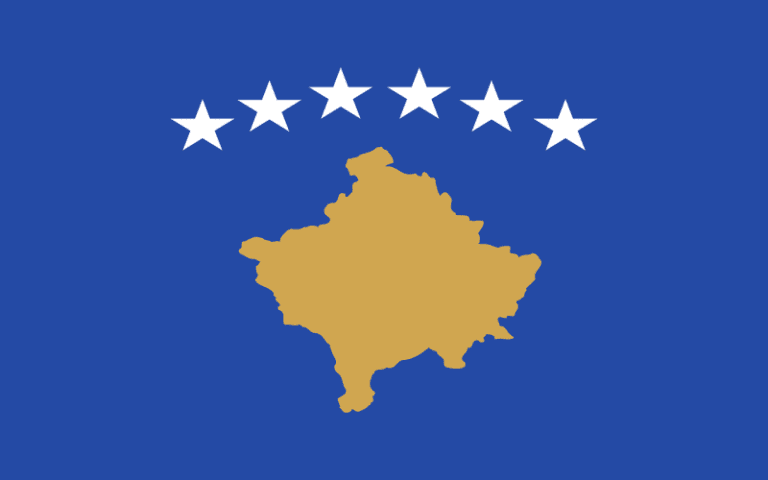
Immigration from the Republic of Kosovo has been primarily driven by the many wars the region has faced over the centuries and ethnic cleansing attempts. 1910 in particular saw 120,000 citizens of Albanian descent being deported out of the country. Most recently, the Kosovo War in 1998 caused many more refugees to leave the country, most of whom fled to surrounding European nations.
Research Sources:
Kosovan last Name Database
Family Search: Kosovo Archives and Libraries: A listing of important resources to help study genealogy linked back to Kosovo.
The National Agency of Archives of Kosovo: Historical records held by the State Agency of Archives in Kosovo.
Britannica: Encyclopedia page on Kosovo
Latvia
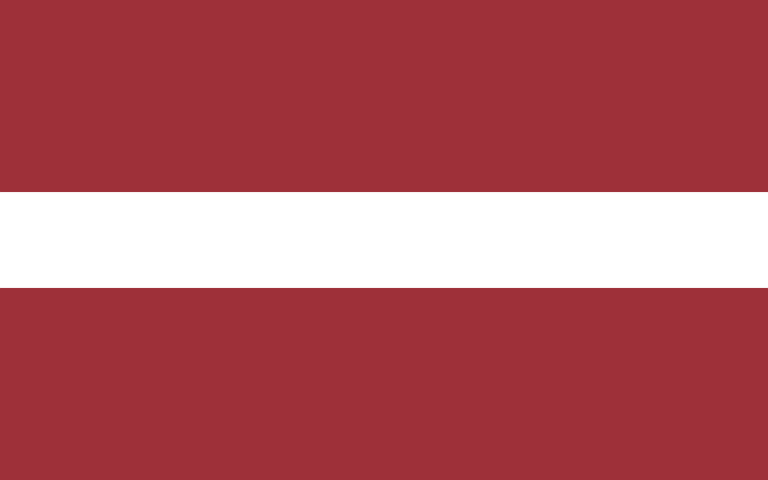
Poverty and economic turmoil have been leading factors in emigration from Latvia. However, the largest wave of migration occurred during World War I and the following Russian Civil War, which wreaked havoc on Latvia in particular. Most who fled during this time left to the surrounding countries of Russia, Germany, Lithuania, and Estonia.
Research Sources:
Latvian Last Name Database
The Latvian State Historical Archives- Overview: The research division for Latvia and Estonia.
Family Search: Latvia Online Genealogy Records: A listing of important tools, databases, and indexes for Latvians.
Ancestry: Materials and records for Latvian genealogical research.
Liechtenstein
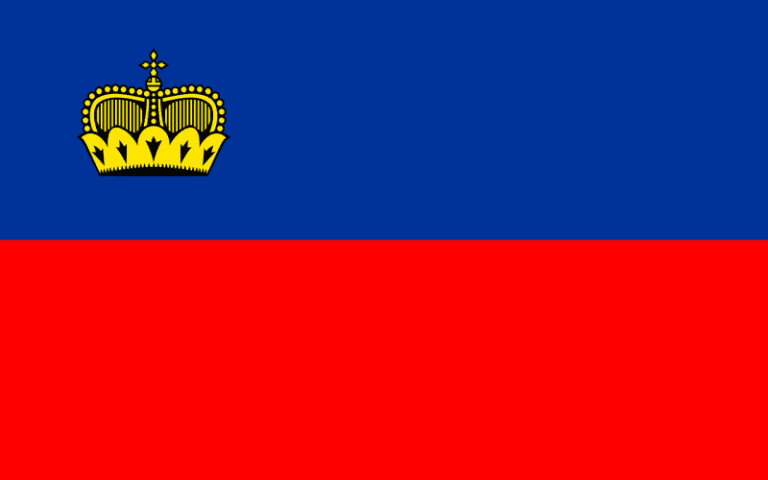
Poverty and economic turmoil have been leading factors in emigration from Latvia. However, the largest wave of migration occurred during World War I and the following Russian Civil War, which wreaked havoc on Latvia in particular. Most who fled during this time left to the surrounding countries of Russia, Germany, Lithuania, and Estonia.
Research Sources:
Latvian Last Name Database
The Latvian State Historical Archives- Overview: The research division for Latvia and Estonia.
Family Search: Latvia Online Genealogy Records: A listing of important tools, databases, and indexes for Latvians.
Ancestry: Materials and records for Latvian genealogical research.
Lithuania
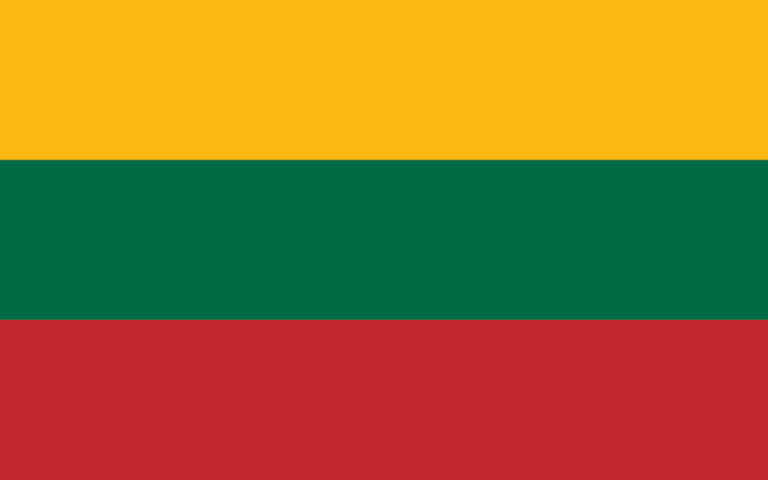
Migration from Lithuania was and is primarily due to economic tensions in the country, particularly during the 1700s when the nation was under the Russian Empire. Lithuanian descendents can be found in the United Kingdom, Russia, Brazil, Canada, and the United States.
Research Sources:
Lithuanian last Name Database
Lithuania State Historical Archives: The main location of historical documents and Lithuanian history starting in the 13th century.
Family Search: Lithuania Archives and Libraries: Additional resources for Lithuanian research.
Lithuanian Global Genealogical Society: Organization specifically set up to help Lithuanian descendents conduct genealogical research.
Luxembourg

The earliest recorded settlers in the US from Luxembourg date back to 1630, over 100 years before the nation would declare independence. Since then, and even before, migrants from Luxembourg have settled all over the world, mainly due to overpopulation in the homeland, economic troubles, as well as multiple famines. The United States is a popular destination for Luxembourgish migrants, but there are also groups in Brazil, Germany, France, and Canada.
Research Sources:
Luxembourger last Name Database
European Reading Room via the Library of Congress: Historical data about those who came to the USA from Luxembourg.
Family Search – Luxembourg Emigration and Immigration: Resources and data about Luxembourg emigration and immigration throughout the generations.
Government of Luxembourg: Resources set up for Luxembourger descendents to conduct genealogical research.
Malta
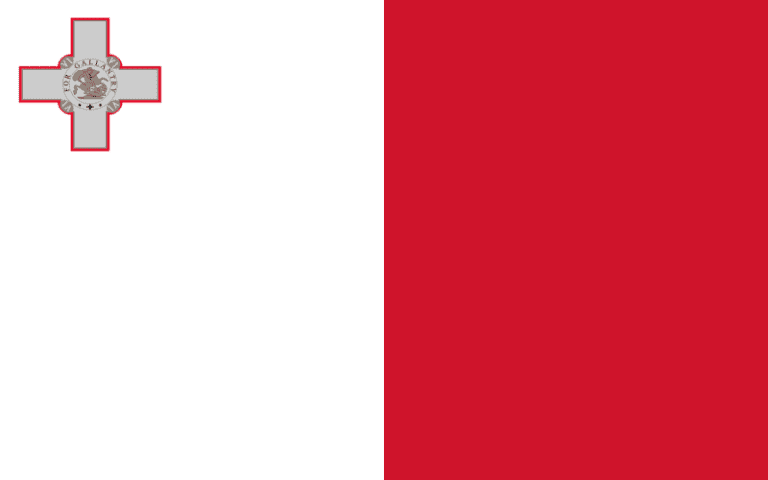
Having been a British Colony from 1813 to 1964, much of emigration from Malta was to the United Kingdom. Citizens who migrated often did so in search of economic opportunities, as the 20th century saw a lack of employment potential in the nation. The effects of World War II also resulted in mass emigration out of the country. The largest population of Maltese descendents lives in Australia, though there are also groups in the UK, United States, and Canada.
Research Sources:
Maltese last Name Database
Family Search – Malta Emigration and Immigration: Online resources for passenger lists, arrival lists, biographies, and more.
The National Archives of Malta Collection: Genealogic and historic documentation for the country of Malta.
Malta Genealogy: Resources and information on conducting genealogical research for Maltese descendents.
Moldova
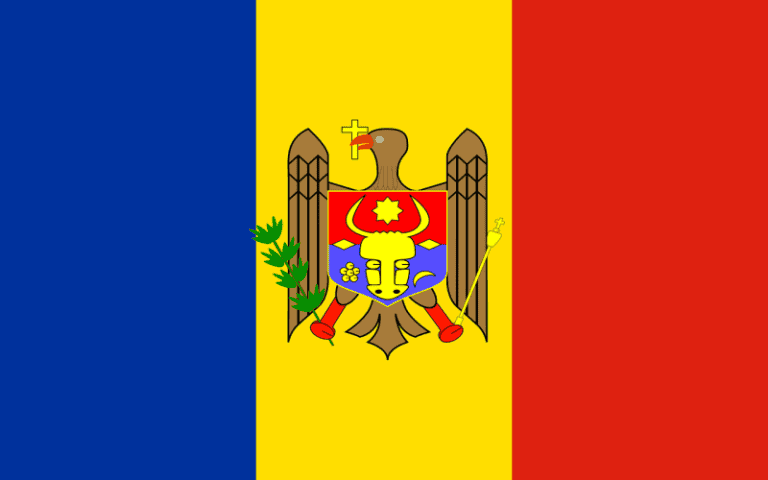
Conducting genealogical research on Maldova can be difficult, as the country has a complicated history. In the 19th century, the western portion of Moldova merged with Walachia to become modern day Romania, while the western portion was annexed by Russia. The Nation declared independence in 1991 after the dissolution of the Soviet Union, which itself affected population and migration patterns. Those who left Moldova would settle in Russia, Israel, Turkey, France, Romania, and Greece, among others.
Research Sources:
Ancestry: Resources and database for conducting genealogical research on Moldova.
Family Search: Moldova Genealogy: Ancestry, history, and genealogy data for those with roots in Moldova.
The National Archives of the Republic of Moldova: A database of personal data from the XV to XXI century.
Monaco

While the small nation of Monaco doesn’t have a long history in regards to migration, there was a small surge in the 1960s due to tension with France. During this time, economic factors related to the conflict led many from Monaco to migrate to Greece, Brazil, Egypt, Australia, Italy, and the United States, among others.
Research Sources:
Family Search: Monaco Emigration and Immigration: Details about emigration out of, as well as immigration into, Monaco.
Accueil – Archives de la ville de Monaco: Official Monaco national archives containing historical documents.
Ancestry: Resources for discovering the source of Monacan roots.
Montenegro
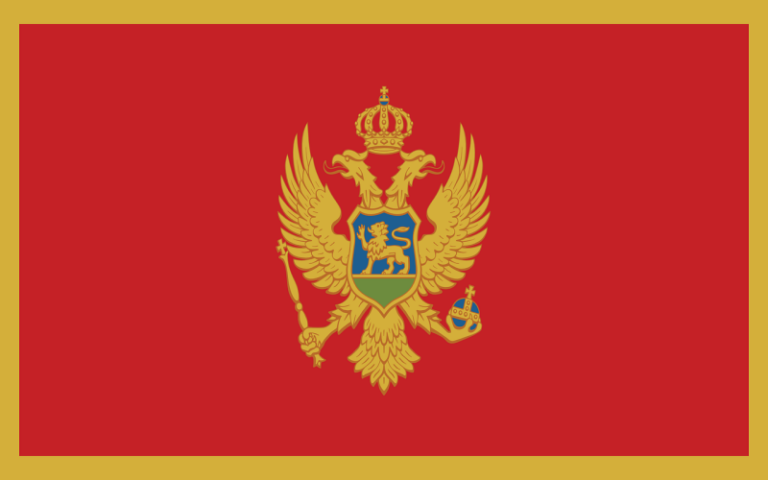
Most migration out of Montenegro was caused by conflict and wars, particularly World War I in the 1910s and World War II in the 1930s and 40s. Those who fled the nation typically went to nearby Serbia or to the United States. The dissolution of Yugoslavia in 1990 also resulted in mass emigration from the country, which caused much turmoil in the nation.
Research Sources:
Montenegrin last name database
Prague Process: Migration information about Montenegro.
The State Archives of Montenegro: Archives providing for the safekeeping of national and historical documents from Montenegro.
Britannica: Encyclopedia page on Montenegro
Netherlands

Most families who emigrated away from the Netherlands did so to escape religious and political persecution. In America in particular, Dutch immigrants have had a major impact on society, with many of the original American settlements being primarily Dutch based. New York City in particular was originally named New Amsterdam, after the capital of Holland. Significant Dutch populations can also be found in Canada, Brazil, Chile, Australia, and New Zealand.
Research Sources:
Dutch last Name Database
National Archives: The National Archives in the Netherlands provides detailed research and historical documentation, with some of the content completely digitized.
The Netherlands Genealogy: A guide to Netherlands ancestry as well as birth records, census data, and more.
Family Search: Resources and tools for conducting genealogical research on Dutch families.
North Macedonia

For the past 100 years, the Republic of North Macedonia has faced multiple crises which lead to many citizens departing from their homeland and settling elsewhere. Specifically, multiple clashes between economic classes, as well as the two World Wars, have contributed to the Macedonian diaspora. Those who leave typically settle in Albania, Chile, Belgium, Brazil, and the United States, with the most significant population being in Australia.
Research Sources:
Macedonian last Name Database
Family Search: North Macedonia Genealogy: Family history, birth records, census records, military records, and additional historical content.
The State Archives of the Republic of North Macedonia: This archive network will point you to one of several departments where you can do further research.
World Genweb: Resources and tools on conducting genealogical research for Macedonian families.
Norway
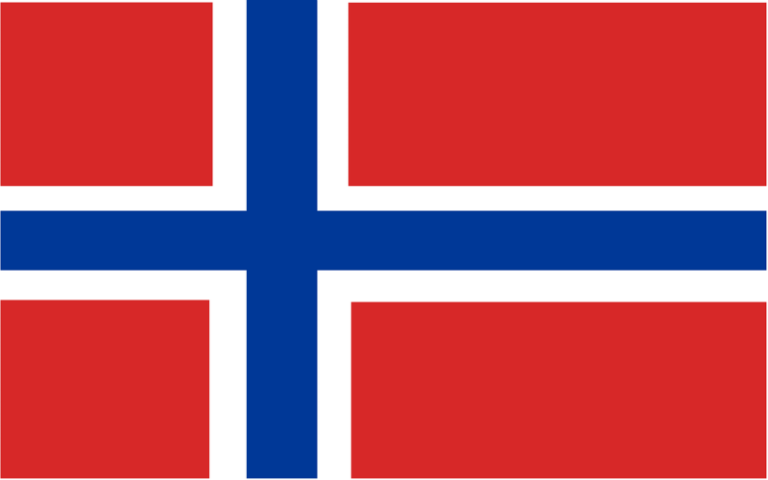
The people of Norway have a long and storied history when it comes to migration and immigration. The Viking age saw Norwegian travelers settling all over the globe, particularly in Iceland and Greenland. In the early colonial days of the United States, many Norwegiens immigrated to escape religious persecution. The World Wars in the early 20th century caused waves of migration, specifically to the countries of Australia, Canada, New Zealand, the United Kingdom, Brazil, South Africa, and the United States.
Research Sources:
Norwegian Last Name Database
Arkivverket: Norway’s national archives for genealogical research.
Family Search: Norway Genealogy– A guide to family history, records, and ancestry focused on Norway.
St. Olaf College: Multiple resources that can be used for conducting research.
Poland
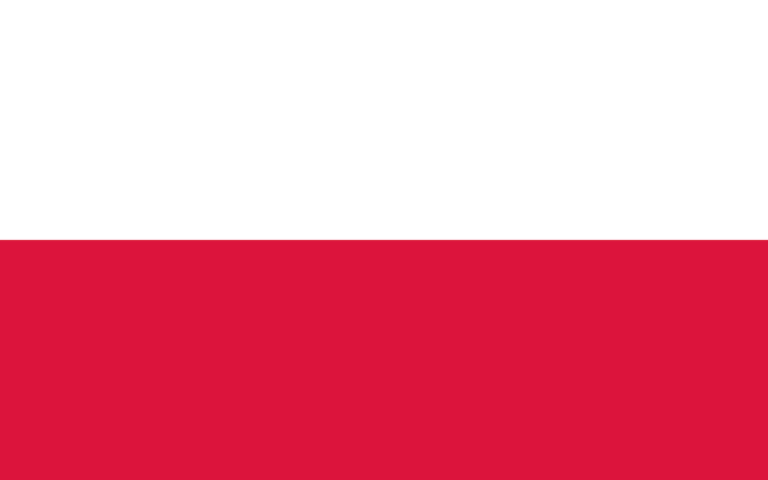
The citizens of Poland have had many eras throughout history where mass emigration occurred. The Great Polish Political Emigration from 1831 to 1817 in particular caused many to flee the nation to escape political persecution from Prussia, Austria, and Russia. World War II and the Holocaust also contributed greatly to the Polish diaspora, with many citizens of Jewish and Romani descent fleeing to escape the Nazi occupation. The largest population of Polish descendents resides in the United States, though there are also groups in Canada, Argentina, Australia, and all over the European continent.
Research Sources:
Polish last name Database
The Polish State Archives: A national archive resource that has been open since 1919.
Poland Archives and Libraries: A listing of online and digital archives as well as physical resources.
Family Search: Records and resources on Polish immigrants and communities.
Portugal
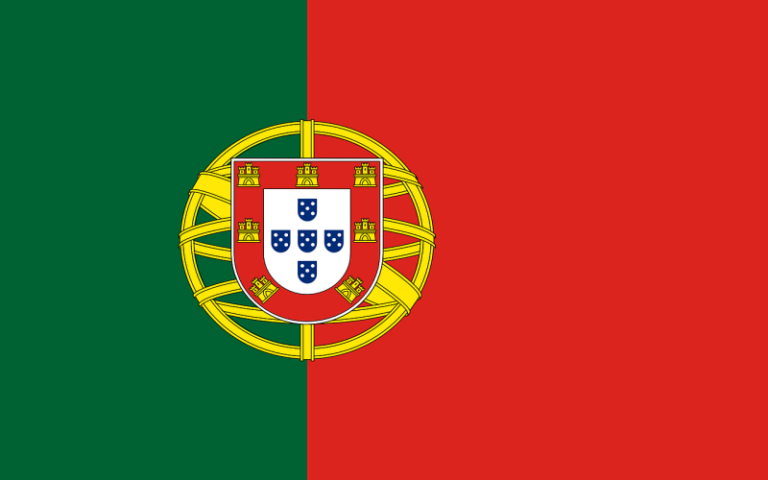
Portugal’s history of traveling and settling dates back to the early colonial days of the 15th century, with expeditions to the African, Asian, and South American continents. Brazil in particular had its culture heavily influenced by Portuguese immigrants, being the only South American country to primarily speak Portuguese instead of Spanish. In more recent times, those who decide to leave Portugal typically do so in search of economic opportunity elsewhere.
Research Sources:
Portuguese last Name Database
Portuguese Historical Museum – Portuguese Migration
The Torre do Tombo: Portugal’s national archive search engine.
Portuguese American Genealogy: resources set up to help Portuguese Americans conduct research on their families.
Romania
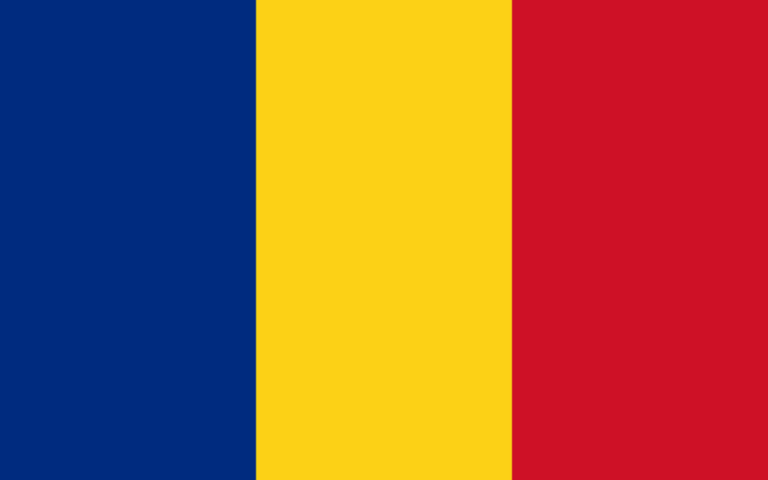
Issues regarding corrupt governments, take overs, and the two World wars greatly affected Romania’s population, leading many to settle and create new lives in other countries. After the communist regime fell in 1989 and the nation joined the European Union in 1995, Romanian citizens have enjoyed free travel between other EU nations, as well as others outside the continent. Corruption in government continues to be an issue in Romania, with many leaving to Italy, Germany, Spain, The United Kingdom, Canada, and the United States.
Research Sources:
Romanian last Name Database
Family Search: Romania Emigration and Immigration: Facts and research tools about Romanian emigration and immigration.
The National Archives of Romania – The National Archives of Romania are made up of 42 local branches, so you will need to reach out to specific local archives for certain information.
Romanian Genealogy Society: Non-profit sector of the Minnesota Genealogical Society set up specifically for descendents of Romanian immigrants.
Russia
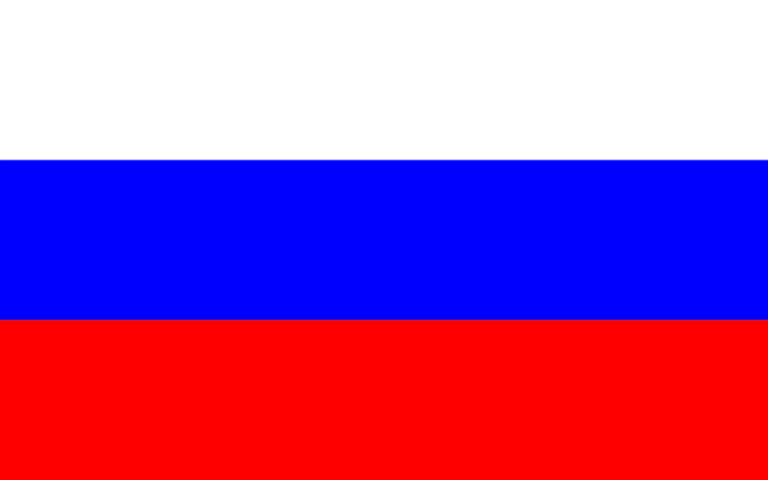
Much of Russian migration has been caused by religious persecution, wars, and political turmoil in the nation. Russia’s Jewish population in particular often had members flee to escape antisemitism and prejudice against minority religious groups, with many moving to Israel.
World War I and the following Russian Revolution also saw an increase in Russian emigration, with many men fleeing the country in order to get out of the country’s forced military service. Another wave of immigration occurred after the nation became the Soviet Union, with the new Communist government facing major shortages and a decrease in quality of life.
After the dissolution of the Soviet Union, yet another wave of migration occurred as citizens were now more free to travel and settle elsewhere. Most recently, the invasion of the Ukraine in 2022 resulted in many Russians emigrating out both in protest of the war and to avoid armed combat.
Russian descendants can be found in Israel, the Ukraine, Kazakhstan, France, Argentina, and the United States.
Research Sources:
Russian last Name Database
Library of Congress: Immigration and Relocation in U.S. History
Arkhivy Rossii – The official archives of Russia.
Family Search: Records and resources for genealogical research.
San Marino
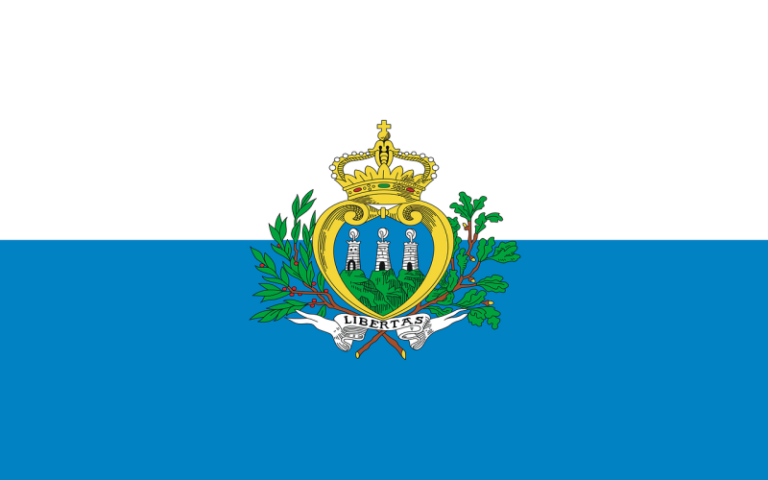
San Marino is a small and landlocked country inside of Italy. The nation is fairly well protected and doesn’t see a lot of migration to and from the country, though there have been a few events leading to significant emigration. The World Wars in particular greatly impacted the country, with the Battle of San Marino occurring in 1944.
Research Sources:
Italian Name Database
Family Search: San Marino Emigration and Immigration: Resources and links to information on San Marino’s historical data.
Diocesan Archives and Library Montefeltro Roman Catholic Diocese of San Marino – Montefeltro: This is the official resource for all historical documents preserved by the Diocese dating back to the 1500s.
ItalianGen.org: Non-profit set up to help Italian descendents conduct family research.
Serbia
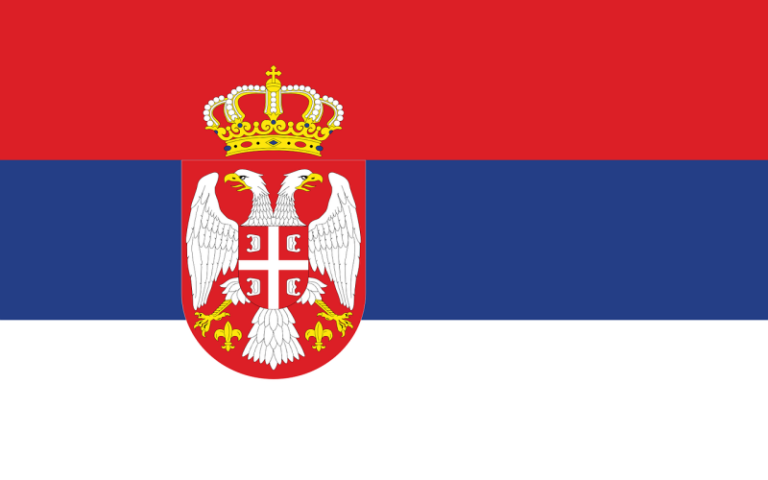
Emigration from Serbia is not uncommon even today, especially among the younger populations who tend to settle elsewhere in hopes of finding economic stability and opportunities. World Wars I and II specifically led to a wave of migration out of the country, as the small nation was one of the most affected by the conflicts. In recent years, refugees of the Yugoslav wars of the 1990s fled from Serbia to start lives in more economically and politically stable climates. Most who emigrate out of Serbia have settled in Austra, Sweden, Australia, Canada and the United States, with the largest population being in Germany.
Research Sources:
Serbian last Name Database
Family Search: Serbia Emigration and Immigration: Lists of resources to study Serbian emigration and immigration over time.
The State Archives of Serbia: The primary source for historical documents located in Serbia.
Serbian Genealogical Society: Non profit set up to help Serbian descendents conduct family research.
Slovakia

The diminishing economy in Slovakia has typically been the prime factor for citizens emigrating out of the country. Additionally, World War I saw many Slovaks leave their homeland, with most choosing to settle in the US. An invasion by the Soviet Union in 1945 also resulted in a mass wave of emigration. Those who leave Slovakia typically choose the surrounding nations of Austria, Germany, and the Czech Republic as their destination, though there is also a sizable population in the United States.
Research Sources:
Slovak last Name Database
OECD Library: International Migration Outlook 2021: Slovak Republic: Detailed information about immigration and emigration from Slovakia.
The Slovak National Archive: The most significant public archives located in the Slovak Republic.
Family Search: Resources and tools on doing research on Slovak ancestors.
Slovak Ancestry: Non-profit set up to help Slovak descendents learn more about their ancestors and heritage.
Slovenia
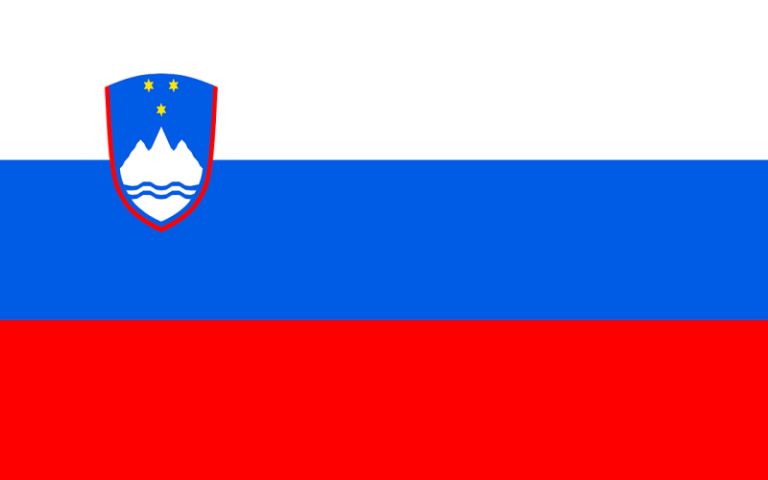
The nation of Slovenia has been hit particularly hard during the many conflicts of the 20th century. The years leading up to the first World War saw the biggest wave of migration into the United States, with more to follow after and into World War II. After the wars, many more Slovenians fled to the nations of Italy, Australia, and the United States in order to escape from a strict communist government.
Research Sources:
Slovenian last Name Database
Slovenians in Australia: A host of stories about fleeing Slovenia in the 20th century as well as other useful links.
Slovenian Genealogy Society International, Inc. : A society designed to help community members research and find links to their past in Slovenia.
Ancestry Slovenia: Organization set up to help Slovenian descendents conduct genealogical research.
Spain
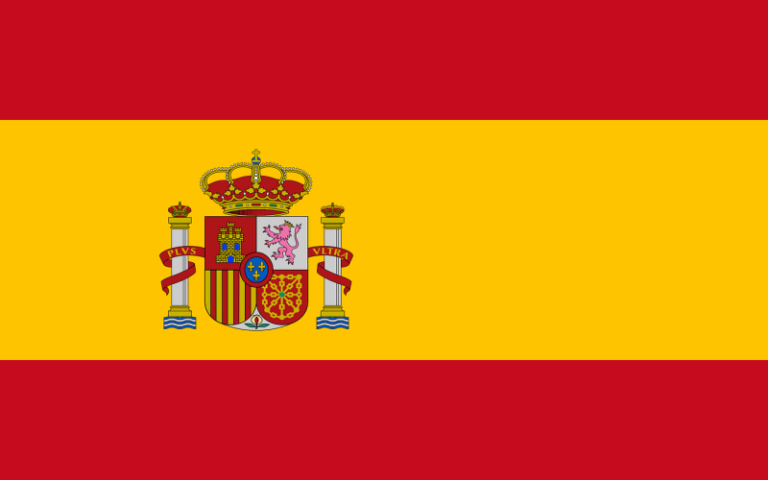
Spanish migration to America has been around since the Mayflower first set sail, its passengers being among the first to make a new home in the colonies. Since then, and even before, Spanish explorers have traveled and settled all over the globe, particularly in Latin America, where the Spanish language is still the most widely spoken today. Most who left their homeland did so to escape religious persecution and to find economic opportunities elsewhere. The largest population of Spanish descendents exists in Argentina, though there are also communities in France, Cuba, Mexico, and the United States.
Research Sources:
Spanish last Name Database
Library of Congress Research Guides: Hispanic Origins in the United States: A Guide to Local History and Genealogy Sources
Roots Web: Spanish Emigration Records in Hispanic Research: Historical commentary on emigration from Spain.
Family Search: Resources and tools for conducting family research.
Sweden
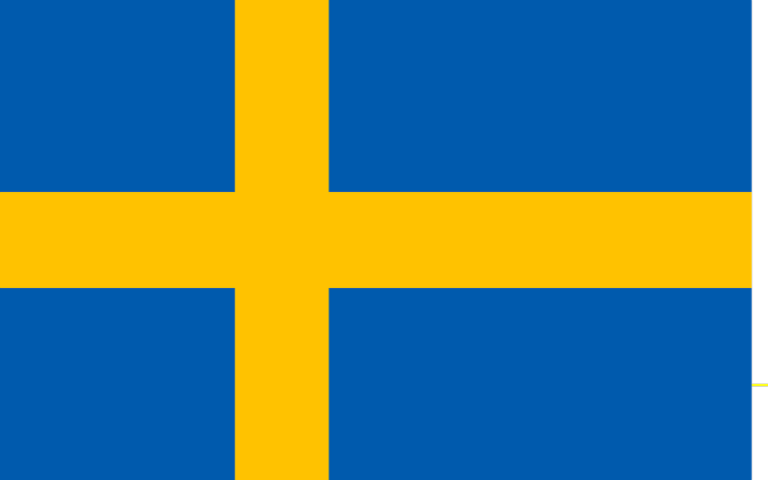
Though Sweden remained neutral during World War II, the conflict still saw the nation’s population being affected, with many leaving and starting new lives elsewhere. Those who fled during the war often did so to the US and Canada. While many refugees returned to their homeland after the war, some chose to stay and settle into their new homes. The largest population of Swedish descendents can be found in Canada, specifically in British Colombia.
Research Sources:
Swedish last Name Database
The Swedish Genealogy Guide: A learning center focused on Swedish genealogy and research.
ArkivDigital: A popular genealogy website used by researchers in Sweden as well as those around the world.
Swedish National Archives: Records and resources on Swedish citizens and immigrants.
Switzerland
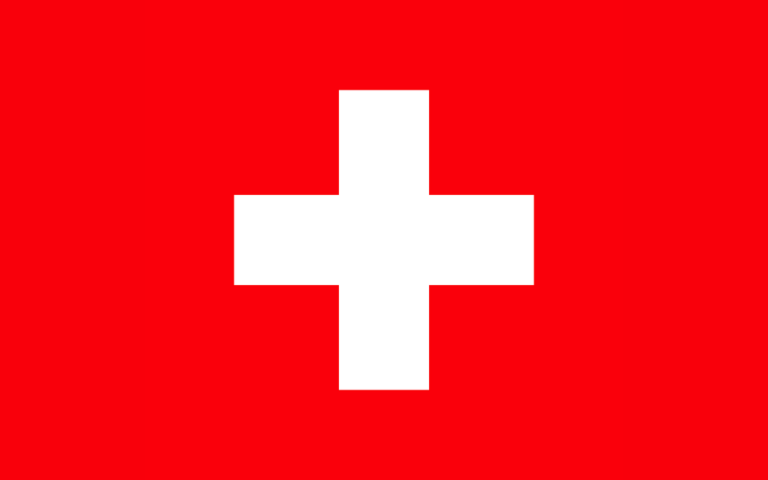
Historically, Swiss migration has been typically spurred on by countrywide famines and not having enough food to feed the nation’s population. The famines in 1816, 1845, and 1880 in particular caused many to leave the country in hopes of better opportunity elsewhere. The United States was a popular destination during these times, though there are also sizable populations in France, Germany, and Luxembourg.
Research Sources:
Swiss last Name Database
Angloswiss Genealogy: A website that has more information on specific families from Switzerland.
State Library of South Australia: A European resource for family historians.
The Swiss Center: Genealogy advice and support for those historically from Switzerland.
Ukraine
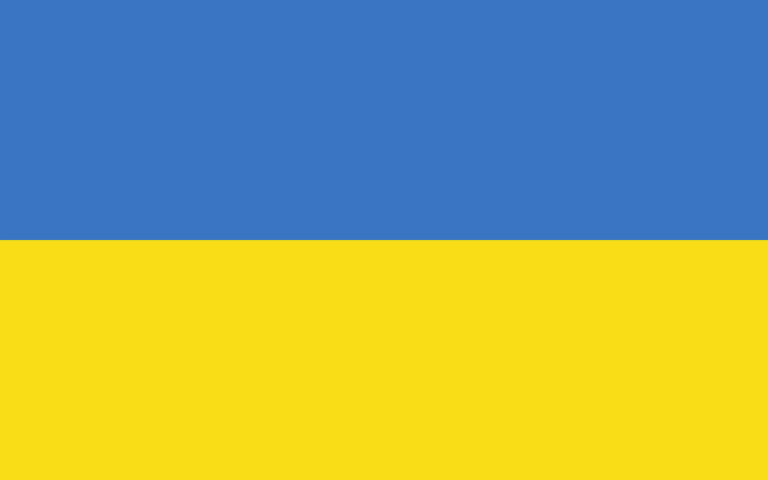
The Ukrainian people have often found themselves in the center of many global conflicts, which typically result in mass emigration. Disputes with modern Russia and the former Soviet Union are most often the cause, with the most recent conflict being the invasion of 2022. Even before this, other conflicts like World War II, the Russian Civil War, and the tensions brought about by the Cold War have greatly affected the Ukrainian population. Russia currently has the highest number of Ukrainian descendents, though there are also groups in Canada, Poland, and the United States.
Research Sources:
Ukrainian last Name Database
Ancestry.com’s Ukraine Family History Research Page: This page contains genealogical resources to trace Ukrainian ancestors.
LVIV Ecotour: LVIV Ecotour assists with helping people who want to discover their ancestry in Ukraine and Poland.
Family Search: records and resources for conducting research on Ukrainian families.
United Kingdom (England, Scotland, Wales, Northern Ireland)

The United Kingdom consists of England, Scotland, Wales, and Northern Ireland, and descendents make for the largest population in the United States. Most recently, the “Brexit” decision to leave the European Union has led to many citizens deciding to migrate elsewhere, so that they can still maintain the benefits of the EU. The land that would become the United States began mostly as a British controlled colony, with many from the UK settling on the new land. Aside from the US, significant populations of UK descendents can be found in Australia, Canada, New Zealand, and South Africa.
Research Sources:
British Last Name Database
Migration Museum: The Migration Museum’s resource bank is a good place to look for information on migration, immigration, emigration, and more.
The Genealogist: A British website focused on researching users’ backgrounds.
Ancestry.com: This United Kingdom family history research page has genealogical resources specific to the members of the UK.
Vatican City (Holy See)
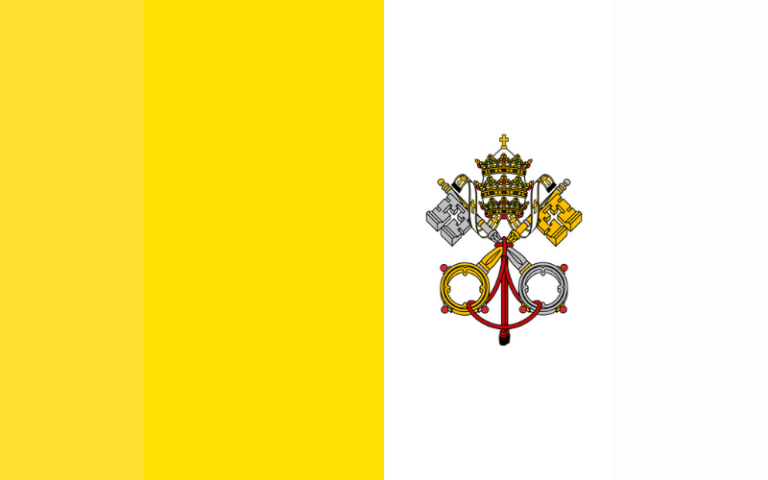
Vatican City is the smallest country in the world, and therefore does not have much of a population to emigrate out of or much space to immigrate into. Still, some emigration out of the country has occurred for those looking for economic opportunities outside the church or due to religious persecution. Italy is the closest nation, and is therefore the most common destination for those looking for a life outside of the Vatican.
Research Sources:
Geneanet: Vatican City: This site allows the user to search within the Vatican city-state for relatives by last name, first name, or place.
The Holy See: The Holy See is Vatican City’s official website and has a collection of city-specific content that may be helpful in your research.
Quickly and Easily Search Almost Anyone's:

Disclaimer: We rank sites based on our knowledge and experience. Our team visits each site and evaluates each one before placing it online. Though we do accept referrals, we guarantee that the information we share is accurate and that we will only pass on information that we think is helpful to our visitors. The referral fees that we receive go to paying our team and keeping our website operational.
OurPublicRecord.Org is a privately owned and operated website and is NOT affiliated with the US Government or any law enforcement agency.